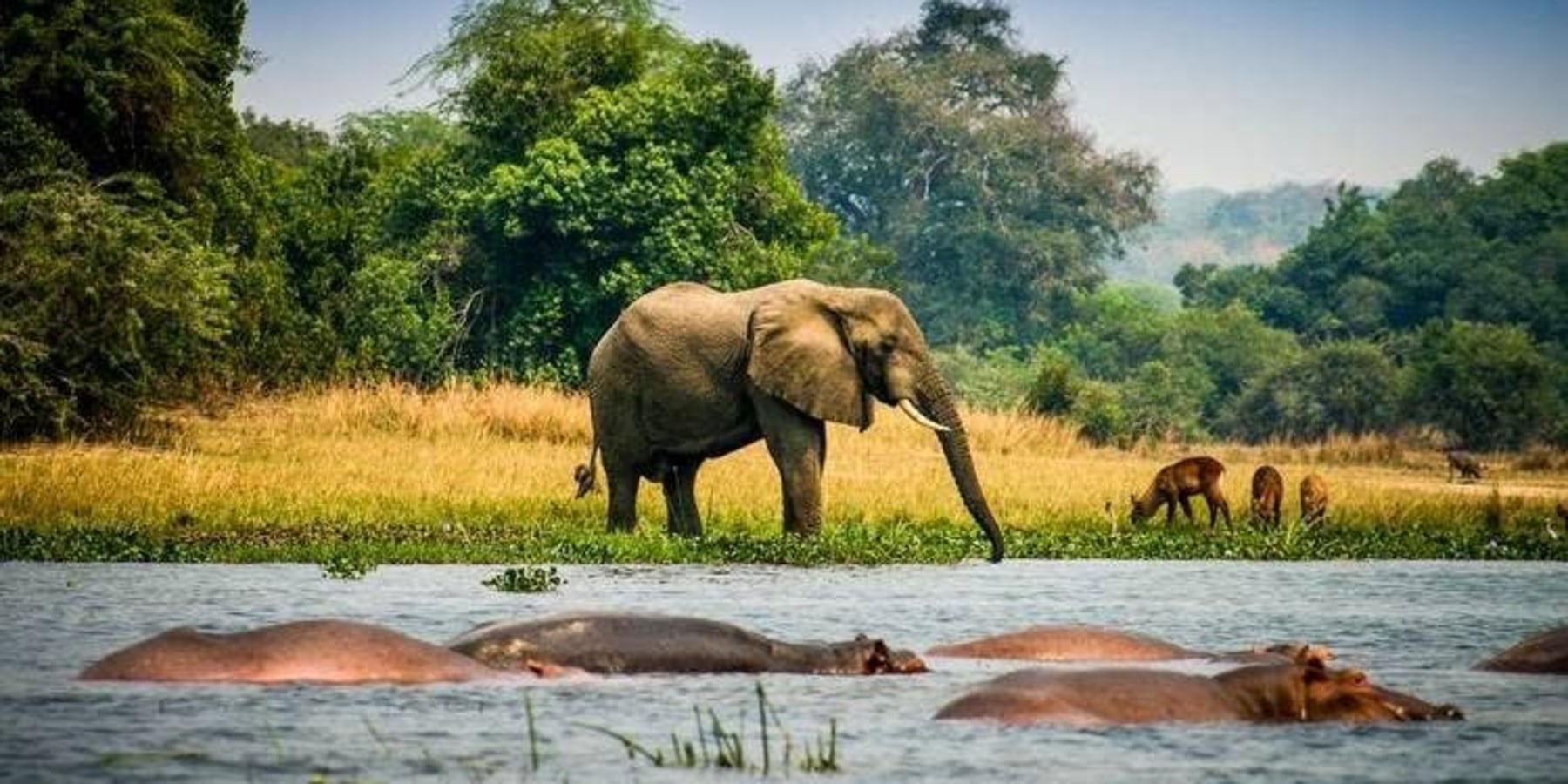
Uganda, known as the "Pearl of Africa," boasts diverse landscapes and rich wildlife. From the savannahs of Queen Elizabeth National Park to the misty forests of Bwindi, the country is home to the Big Five—lion, elephant, buffalo, leopard, and rhino—along with mountain gorillas and chimpanzees. Over half of the world’s remaining mountain gorillas reside in Bwindi Impenetrable and Mgahinga Gorilla National Parks, making gorilla trekking a top wildlife experience. Kibale Forest National Park, the "primate capital of the world," is famous for chimpanzee tracking.
Uganda’s savannah parks, including Queen Elizabeth and Murchison Falls, host elephants, giraffes, hippos, and Ishasha’s tree-climbing lions. Birdwatchers flock to Uganda for its 1,000+ bird species, including the rare shoebill stork. Its diverse ecosystems—wetlands, forests, and open plains—offer unique wildlife encounters.
The country's national parks play a crucial role in conservation and tourism. Bwindi, a UNESCO World Heritage Site, protects mountain gorillas, while Queen Elizabeth offers game drives and boat safaris. Murchison Falls features dramatic waterfalls and abundant wildlife, and Lake Mburo is ideal for walking safaris and birdwatching.
Uganda offers diverse safari experiences, from traditional game drives to boat safaris on the Kazinga Channel and Nile River, where hippos, crocodiles, and birds thrive. Adventure seekers can enjoy white-water rafting on the Nile or hiking the Rwenzori Mountains.
Conservation is key to Uganda’s wildlife success. Gorilla tourism supports conservation and local communities. The Uganda Wildlife Authority fights poaching and habitat destruction, while community-based projects reduce human-wildlife conflict.
The best time to visit Uganda is during the dry seasons (June–September, December–February), when animals gather around water sources and trekking conditions are ideal.

